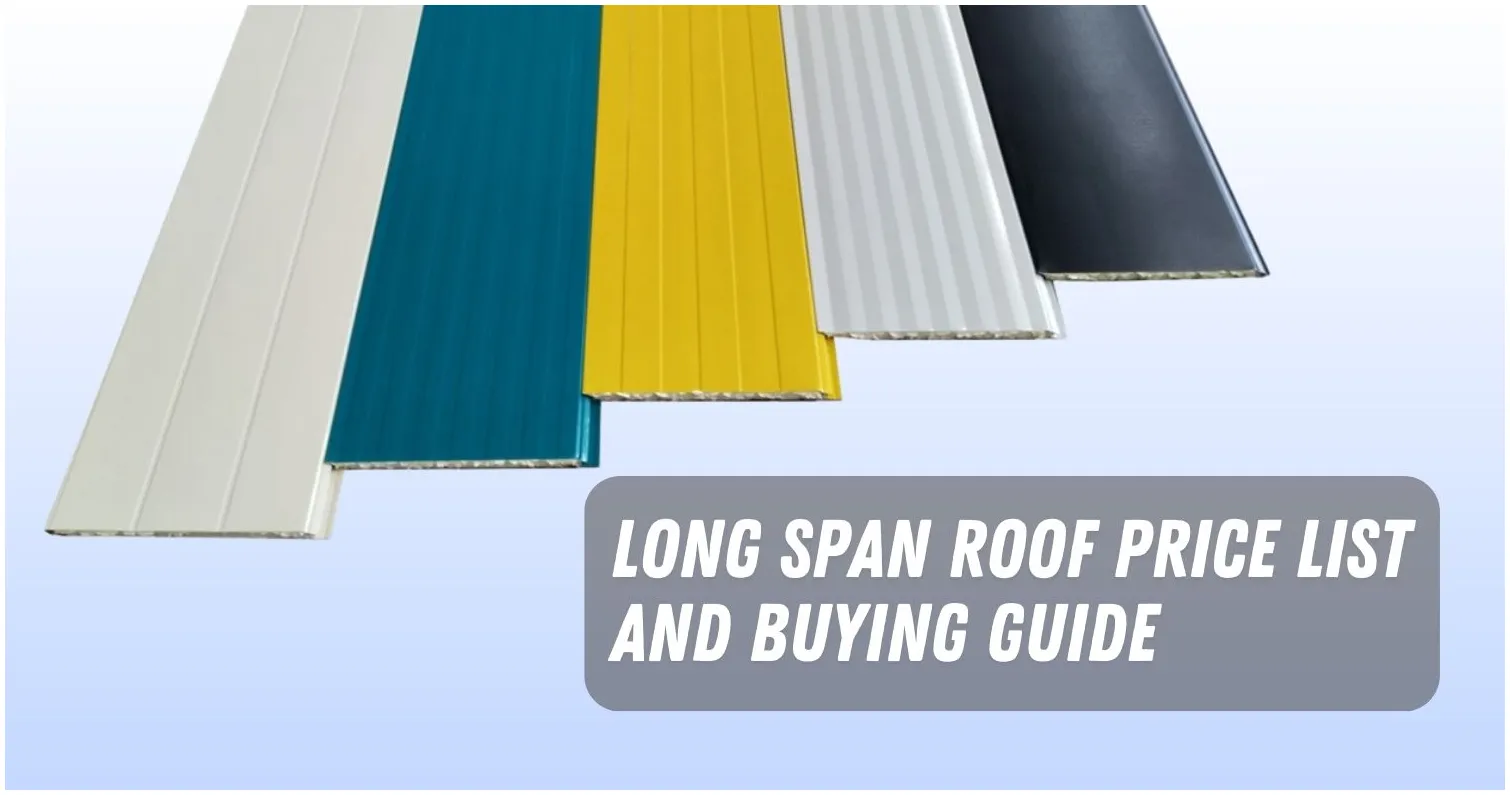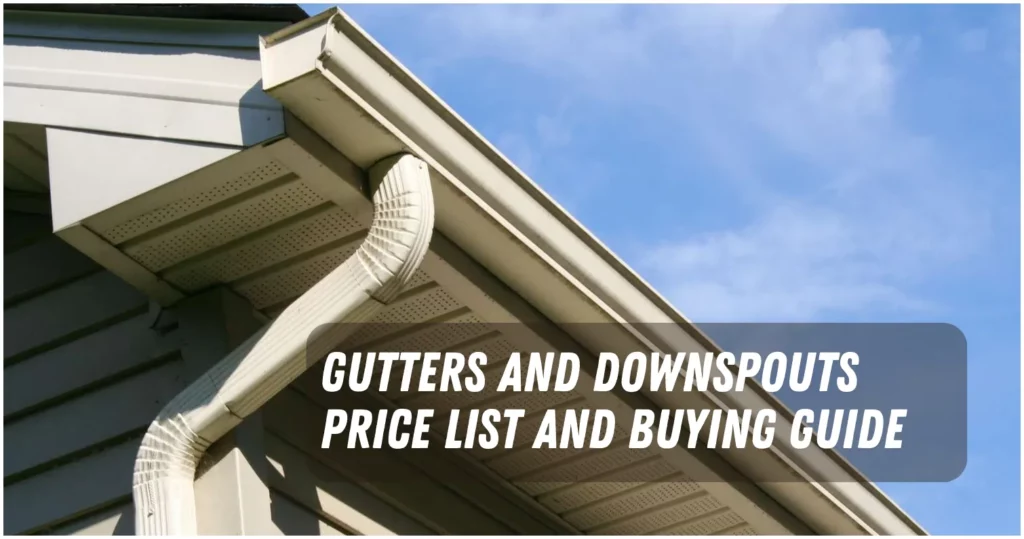You might want to think about a long span roof if you want a roofing option that can cover a big area without sacrificing quality, durability, or price.
Long span roofs have a length of more than 12 meters, which means they can cover a large area with fewer supports and joins.
It’s often used for buildings like warehouses, gymnasiums, auditoriums, and factories, and the average price per foot is between ₱60 to ₱220 per foot
In this article, we’ll talk about the price of a long span roof in the Philippines and what you should know before installing one.
What is Long Span Roof?
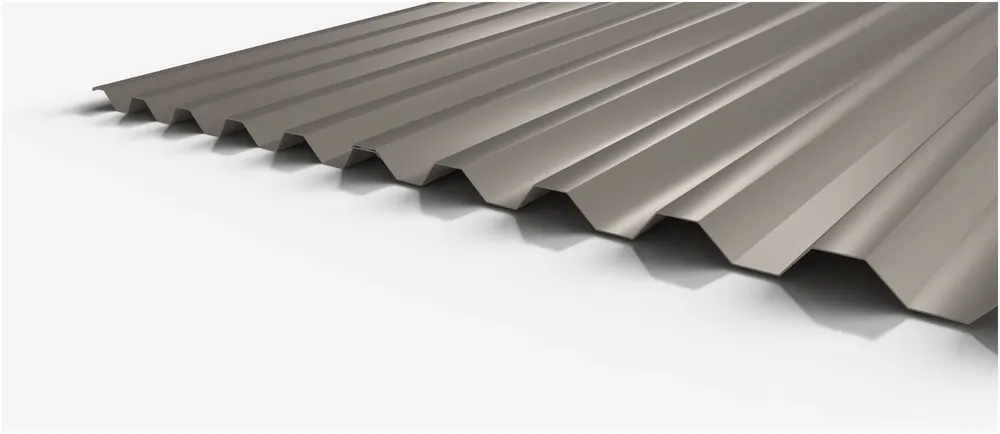
Long-span roofs are made of metal, usually steel, that is rolled into different shapes and forms.
The most common profiles are rib and corrugated, which have alternate ridges and valleys that give the roof strength and stability.
To meet different tastes and uses, long span roofs are also pre-painted in a variety of colors and finishes.
Size of Long Span Roof
Size of long span roofs can be different sizes based on the shape and thickness of the metal sheet.
Long span roofs are typically 0.8 meters wide, but some makers can make sheets that are 1.2 meters wide.
Depending on the customer’s specs and needs, the length of a long span roof can range from 2.44 meters to 12 meters or more.
Types of Long Span Roof
There are numerous long span roof types available, each with its own features and benefits. Some of the most common types include:
Rib Type
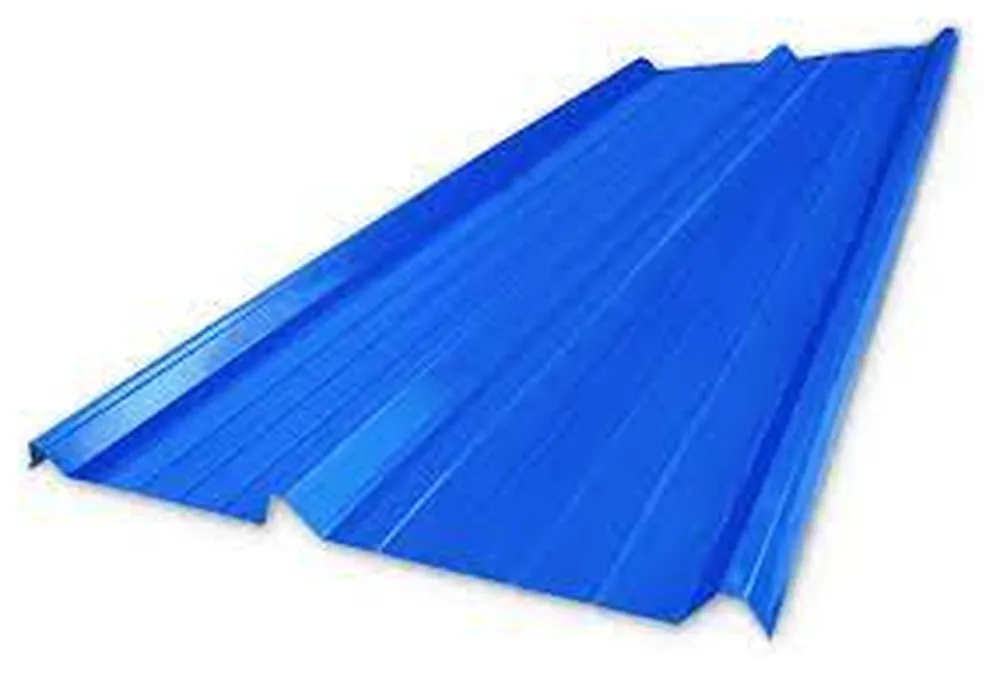
This is the most popular type of long span roof, and it has a trapezoidal shape and symmetrical ribs. It’s cheap, easy to install, and good for low-slope roofs.
Corrugated Type
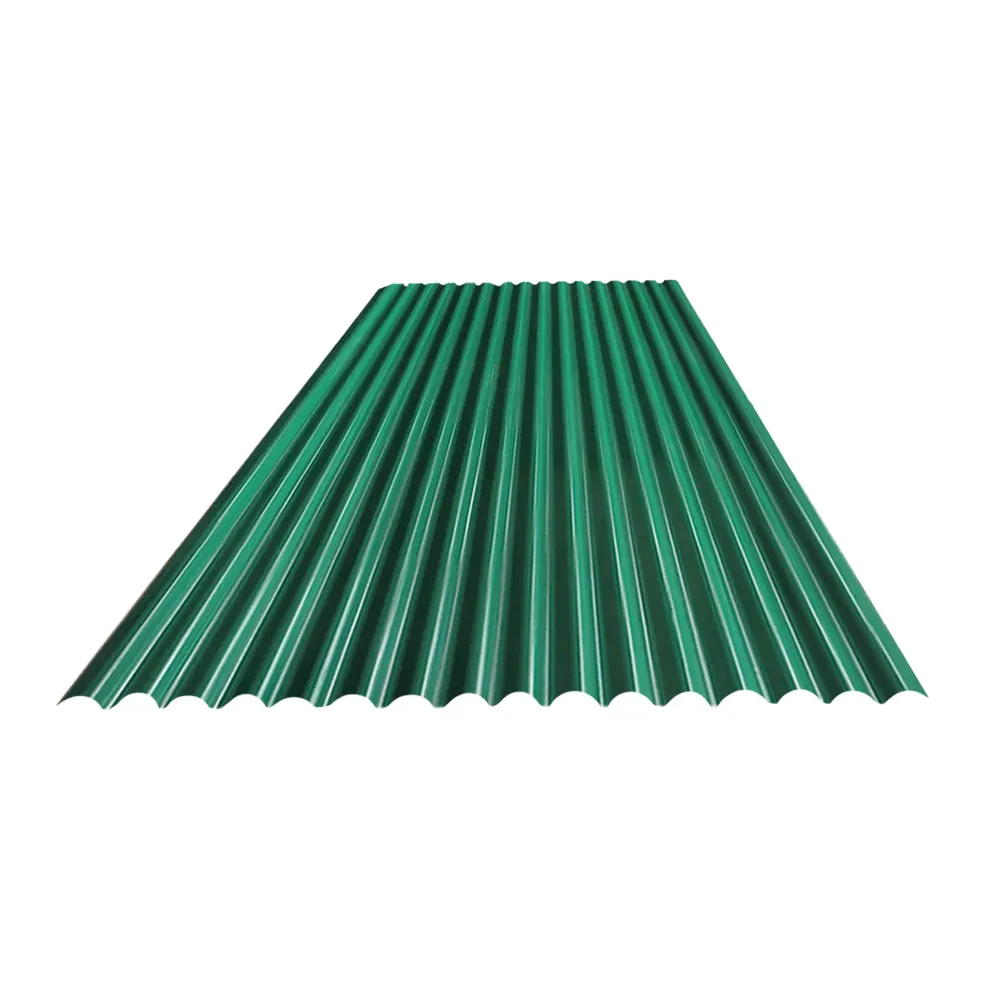
This long span roof has ribs that bend outward in a sinusoidal shape just like normal short corrugated roof.
Compared to rib-type roofs, it is more flexible and can handle higher wind loads. It’s also perfect for curved roofs and sidings.
Tile Span Type
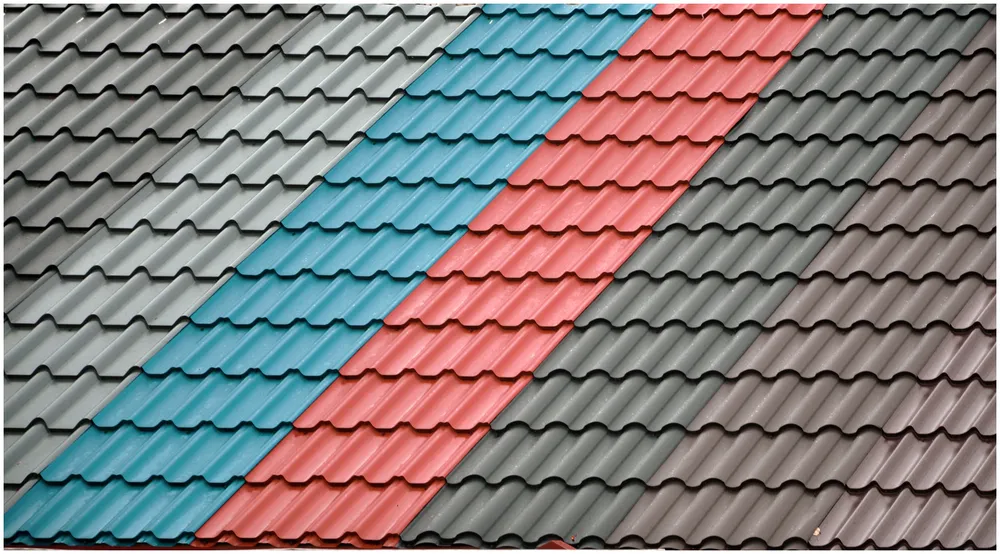
This kind of long span roof looks like tiles and has sides that fit together.
It looks better and can be made to look like clay or concrete tiles. It is also more immune to leaks and corrosion than other long span roofs.
Seam Type
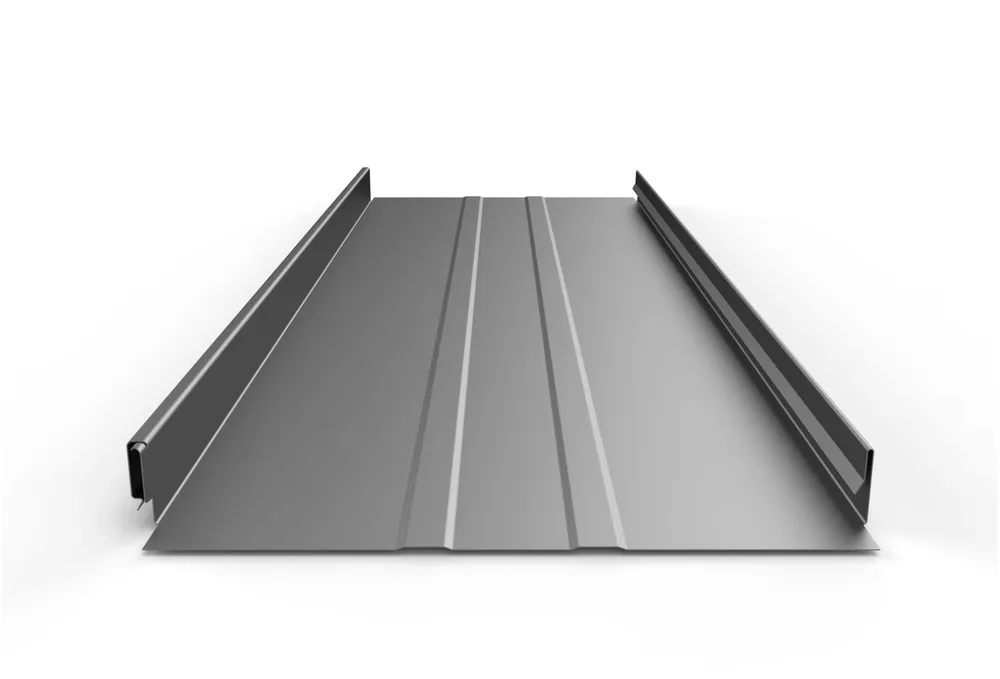
The profile of this long span roof is flat, and the fasteners are covered. I
t is sewn by hand to make sure it won’t leak and will last. It’s also better for roofs with steep slopes and complicated shapes.
There are also other long span roof types based on structure including:
- Pitched truss
- Saw tooth roof
- Trussed rafter
- Space frame
- Fabric structure
- Long span arch
- Suspension structure
- Cable-stayed structure.
Long Span Roof Price List
The type and width of the metal sheet affects the price of a long span roof in the Philippines.
But in average, the price ranges from ₱60 to over ₱150 per foot for thicknesses of 0.4 to 0.6 millimeters.
The table below shows some examples of long span roof prices and sizes in the Philippines.
| Type | Thickness | Width | Length | Price per foot |
|---|---|---|---|---|
| Standard local long span (colored) | 0.3 mm | 1.2 m | ₱60 | |
| Standard local long span (colored) | 0.4 mm | 1.2 m | ₱65 | |
| Standard local long span (colored) | 0.5 mm | 1.2 m | ₱80 | |
| Standard imported long span (colored) | 0.4 mm | 1.2 m | ₱83 | |
| Standard local long span (colored) | 0.6 mm | 1.2 m | ₱97 | |
| Standard imported long span (colored) | 0.5 mm | 1.2 m | ₱102 | |
| Rib type | 0.4 mm | 0.8 m | 2.44 m | ₱120 |
| Corrugated type | 0.4 mm | 0.8 m | 2.44 m | ₱120 |
| Standard imported long span (colored) | 0.6 mm | 1.2 m | ₱123 | |
| Tile span type | 0.4 mm | 1 m | 2.44 m | ₱140 |
| Seam type | 0.5 mm | 0.5 m | Customized | ₱150 |
| Rib type | 0.6 mm | 0.8 m | 2.44 m | ₱180 |
| Corrugated type | 0.6 mm | 0.8 m | 2.44 m | ₱180 |
| Tile span type | 0.6 mm | 1 m | 2.44 m | ₱220 |
Note: The prices above are based on estimates and may vary depending on the supplier, location, and market conditions.
Advantage and Disadvantage of Long Span Roof
Long span roofs have many benefits over traditional roofs, including:
- They can cover big areas with fewer supports and joints, saving money on materials and labor.
- They are light and easy to move and set up, saving time and energy.
- They are strong and resistant to fire, corrosion, and pests, which makes them last longer and lowers the cost of upkeep.
- They can be made in different forms, sizes, colors, and finishes, which adds to their aesthetic appeal and usefulness.
But long span roofs also have some problems, like:
- They expand and shrink more when the temperature changes, which can cause the metal sheet to warp and crack.
- They make more noise and shaking, which can make the people inside less comfortable and unsafe.
- They are more sensitive to mistakes in fitting, which can affect how well they work and how well they are made.
Things You Should Know About Long Span Roof
Before you decide to use long span roofs for your project, here are some things you should know:
- What are the best types of roofs for big spaces?
Steel trusses, cable-stayed buildings, and arches are often used for long distances because they work well and can be made in many different ways. - How long can Philippines long span roofs be?
Long span roofing in the Philippines can be anywhere from 2.44 meters to 12 meters or more, based on what the customer needs. - How steep does a long-span roof have to be in the Philippines?
A roof with ribs or corrugations should have a slope of at least 1:12, or 5 degrees. Roofs with tiles or seams should have a slope of at least 15 degrees. - Where do you usually find buildings with a long span?
Warehouses, gyms, auditoriums, manufacturing plants, airports, arenas, and bridges all use long span structures. They give you big open rooms without any columns or supports in the middle. - What’s the difference between a short span roof and a long span roof?
The length of a short span roof is less than 12 meters, while the length of a long span roof is more than 12 meters. Roofs with short spans are easier and cheaper to build, but roofs with long spans are more flexible and useful.
If you are looking for long span roof price in Philippines, we hope this article will help you choose the right one for your project.
[ratings]